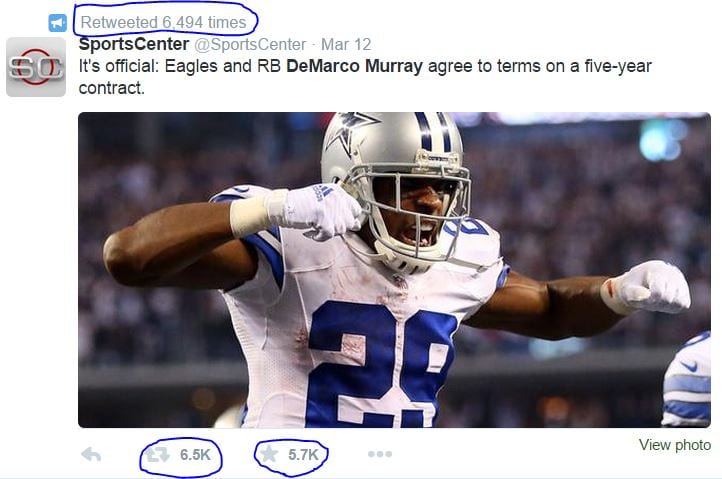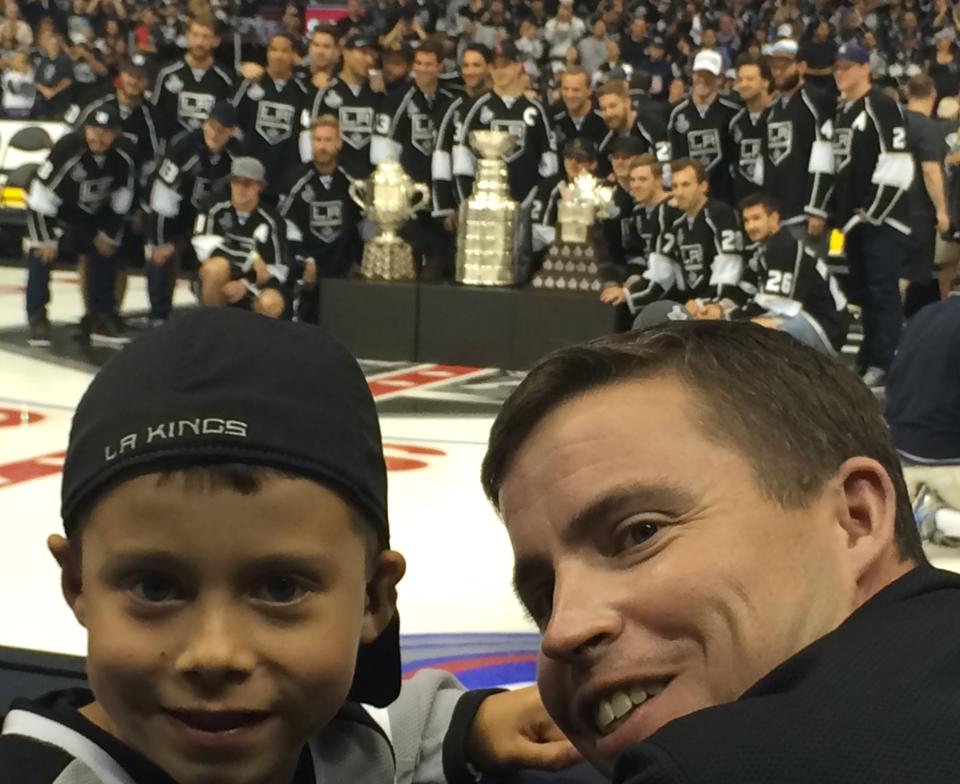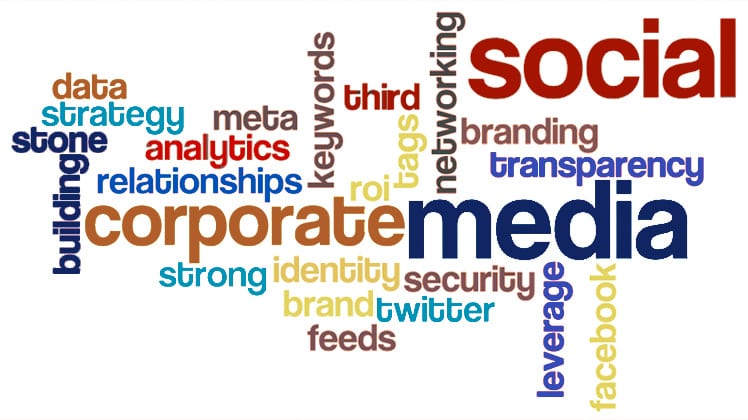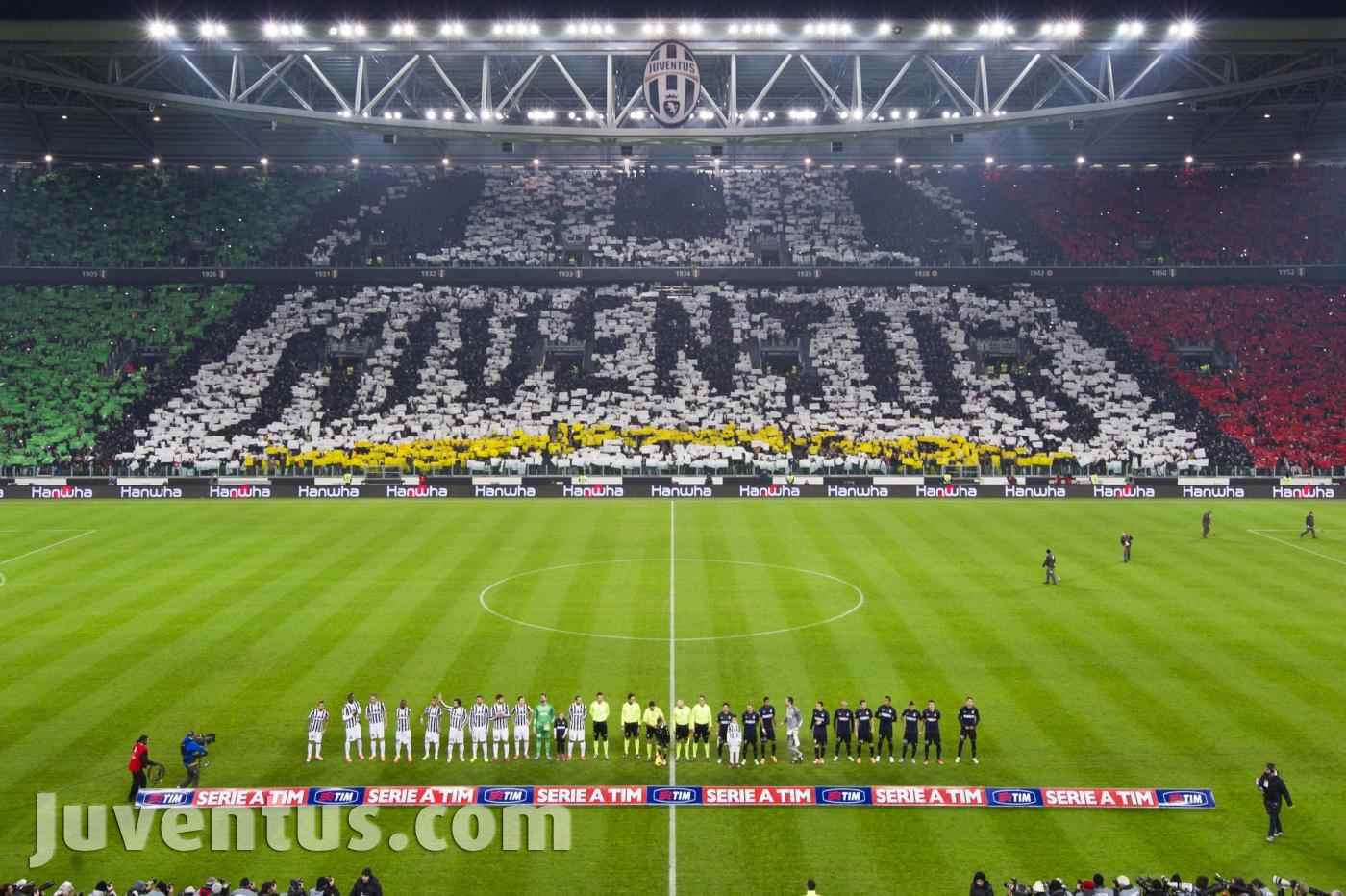by Mike Dimitroff – July 2015
My sales philosophy: Better to go after the big fish than waste time fishing for minnows! Anyone can go to the local watering hole, cast a line, and catch small fish. But if LinkedIn is your fishing pole, businesses will be the big fish you are trying to catch.
[dropshadowbox align=”center” effect=”lifted-both” width=”550px” height=”” background_color=”#ffffff” border_width=”1″ border_color=”#dddddd” ]“It’s no secret that today’s business decision makers have greater control over the buying process. Three-fourths of B2B buyers use social media to educate themselves before making purchasing decisions and twice as many use LinkedIn to research purchasing decisions than any other social network.” ~ LinkedIn.com[/dropshadowbox]
If 75% of B2B buyers do social media research prior to buying, you can bet that business professionals preparing to make a large monetary commitment will run a background check on the seller–and that’s you!
First Impressions
People buy from people they like and often decide if they like you within the first few moments of contact. What will buyers think if they look on your LinkedIn profile with no picture? A photo helps prospects put a face to the person they’re talking to and helps develop familiarity.
Your story
Provide a short background story about yourself and list your job responsibilities. I recommend listing sales accomplishments since people are more likely to buy from people who are successful at what they do. They perceive that if other people are buying from you then you must be trustworthy. These may seem like nuances, but they will help build trust with your prospective buyer and trust ultimately leads to sales.
[dropshadowbox align=”right” effect=”lifted-both” width=”350px” height=”” background_color=”#ffffff” border_width=”1″ border_color=”#dddddd” ]” New and different methods to contact decision makers are invaluable. LinkedIn is an effective, smart tool for prospecting new companies, identifying decision makers and increasing your network. Professional salespeople will definitely increase productivity, generate qualified leads, and have a higher closing ratio when using LinkedIn.” Jesse Salazar, Manager of Season Sales, Houston Rockets[/dropshadowbox]
New and different methods to contact decision makers are invaluable. LinkedIn is an effective, smart tool for prospecting new companies, identifying decision makers and increasing your network. Professional salespeople will definitely increase productivity, generate qualified leads, and have a higher closing ratio when using LinkedIn.” Jesse Salazar, Manager of Season Sales, Houston Rockets[/dropshadowbox]
No Off-Season
At the Houston Rockets, our motto is, “There is no off-season!” Although some sales reps choose this time to relax and take a break, this is the perfect time to build your sales pipeline. I spend most of the off-season business prospecting.
Prospecting
Prospects can come from oil & gas magazines, billboards on your drive into work, or simply searching under the “people you may know” tab on LinkedIn. With over 500+ connections, many are within my target industries of oil & gas, construction, & law firms. When you search for a new company on LinkedIn simply type in the company name and it should pop up under the drop down menu. Once you have your company selected you can begin to filter by city.
[dropshadowbox align=”right” effect=”lifted-both” width=”350px” height=”” background_color=”#ffffff” border_width=”1″ border_color=”#dddddd” ] “LinkedIn is an essential tool for staying connected to business professionals and a creative method to target companies. C-level executives are almost impossible to get on the phone. LinkedIn is just another way to get in front of decision makers in a competitive business environment where their time is limited to unique salespeople who they see as a resource to get them immediate results.” Rob Zuer, VP of Ticket Sales & Services, Denver Nuggets[/dropshadowbox]
“LinkedIn is an essential tool for staying connected to business professionals and a creative method to target companies. C-level executives are almost impossible to get on the phone. LinkedIn is just another way to get in front of decision makers in a competitive business environment where their time is limited to unique salespeople who they see as a resource to get them immediate results.” Rob Zuer, VP of Ticket Sales & Services, Denver Nuggets[/dropshadowbox]
Once you identify a company, contact one of the following from your search of their LinkedIn profiles: Business Development Manager, Marketing Manager or Executive Assistants to CEO. These are typically the people that either make decisions on purchasing season tickets or handle the distribution of tickets.
You make the call
Call the mainline of a company and ask directly for the person by name. I’ve seen sales reps call the mainline and use basic intro lines like this:
“Hi, this is Michael Dimitroff with the Houston Rockets. I was wondering if you could put me in contact with the person who handles season tickets purchases at your company.”
Gatekeepers are taught to screen such calls and you’ve just given them a layup! Instead, act confidently, as if you’ve already had a conversation with the person. Ask using their first names (e.g., Rob, or Rob Zuer; not Mr. Zuer) to give the sense you are familiar with them. Once the gate keeper transfers you to the direct line…now it’s time to work your magic and catch the big fish!





















